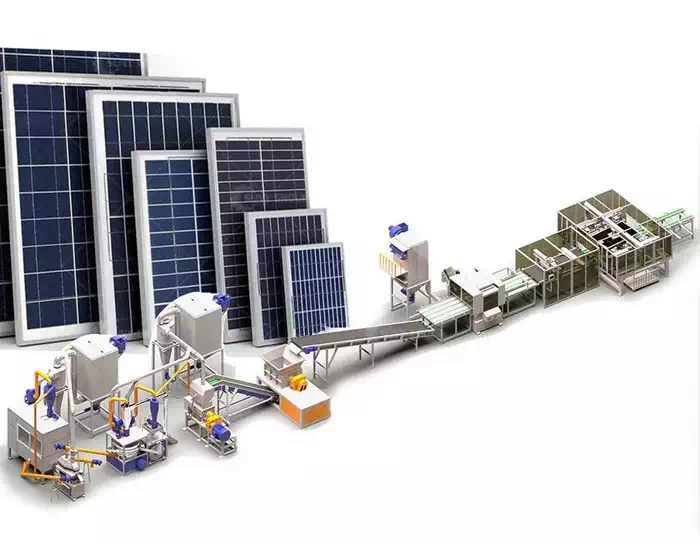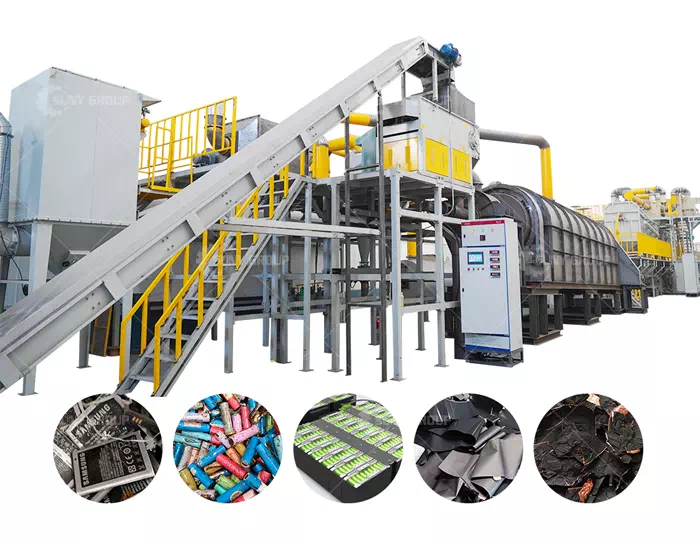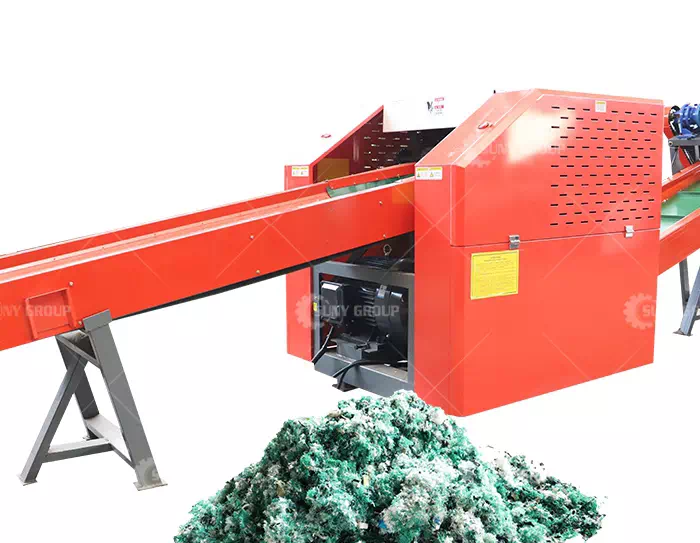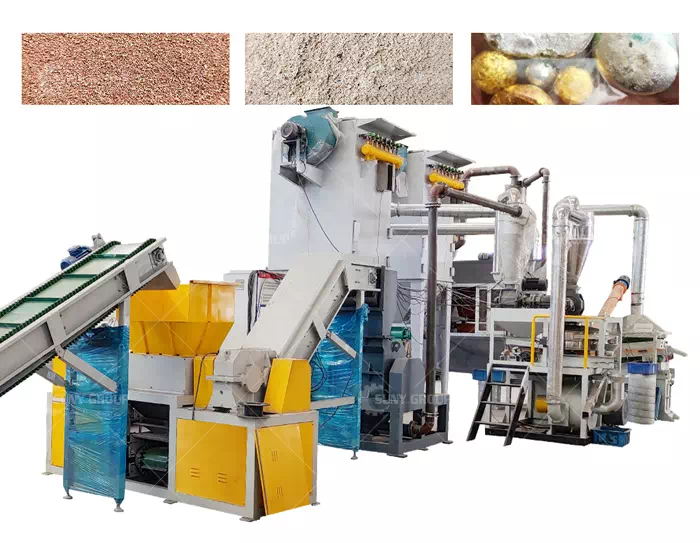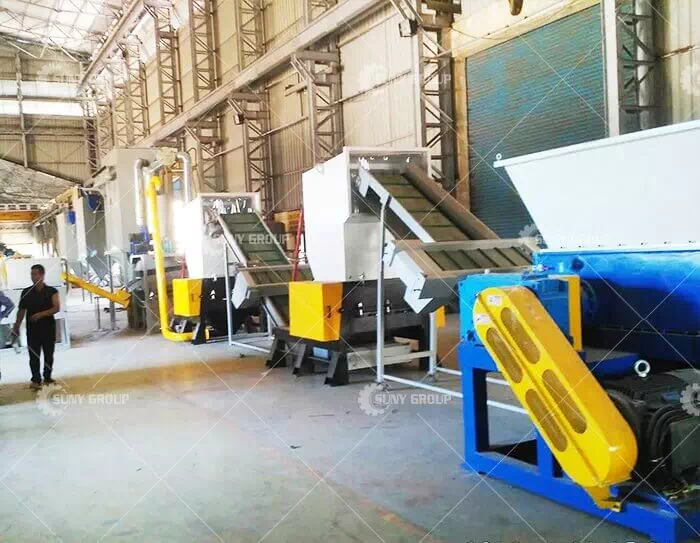Cost of Implementing Advanced E-waste Recycling Technologies
With the rapid development of science and technology, electronic products are being updated at an accelerated rate, leading to a sharp increase in the amount of e-waste. These wastes contain hazardous substances such as lead, mercury, cadmium, etc., which, if not handled properly, will pose a serious threat to the environment and human health, and at the same time will waste a large amount of resources, knowing that many parts of e-waste can be recycled and reused.
The traditional e-waste recycling methods mainly rely on manual disassembly and simple mechanical processing. These methods are inefficient and cannot effectively separate and recycle valuable materials. The manual dismantling process exposes workers to hazardous substances and extremely high health risks. Traditional methods can hardly cope with the increasingly complex structure of electronic products, resulting in a large amount of valuable resources being wasted. Therefore, the adoption of advanced recycling technologies has become an urgent need to improve recycling efficiency, reduce environmental pollution and protect workers' health.
The physical separation technologies developed by SUNY GROUP are one of the more widely used advanced technologies in e-waste recycling. These technologies separate different materials from e-waste by mechanical means, including steps such as crushing, screening, magnetic separation and electrostatic separation. The crushing process pulverizes e-waste into small particles, while screening classifies the particles according to their size. Magnetic separation utilizes magnetic differences to separate ferromagnetic materials, while electrostatic separation separates metallic and non-metallic materials through differences in the conductivity of the materials. These physical separation technologies are not only efficient and environmentally friendly, but also maximize the recovery of valuable metals and other materials.
The costs of implementing advanced e-waste recycling technologies include equipment investment, operating costs, technology development and upgrading, and changes in policies and regulations. Equipment investment is one of the major costs, in addition to operating costs, which include energy consumption, maintenance costs and labor costs. Technology R&D and upgrading is also an important cost factor that requires continuous investment to maintain competitiveness. Considering these factors together will help companies make more informed decisions when implementing advanced recycling technologies.
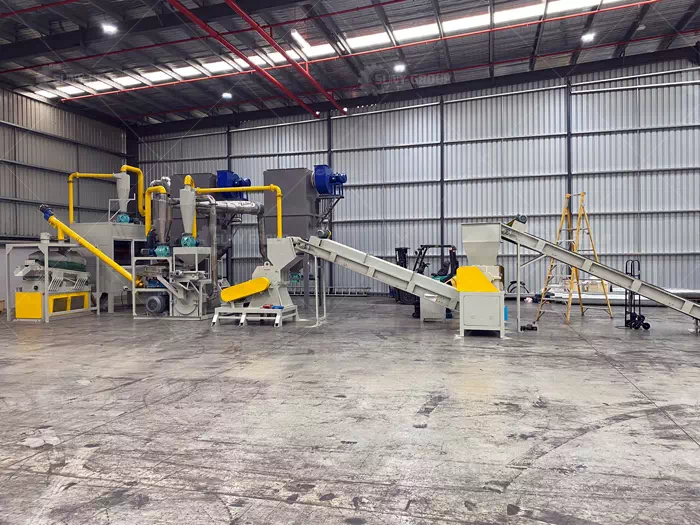
Australian Customer's E-waste Recycling Equipment Site
SUNY GROUP as a professional e-waste recycling solutions and equipment manufacturing on, can help customers customize the production of manufacturing recycling e-waste related equipment, at present, there are hundreds of cooperative customers, all over the world, if you need, welcome to contact us at any time to consult.
Recommend products
CONTACT US:
If you have any requirement or suggestion, please fill in the form and send to us, thanks!E-mail:sunymachine@gmail.com | Whatsapp:+8613674945231


